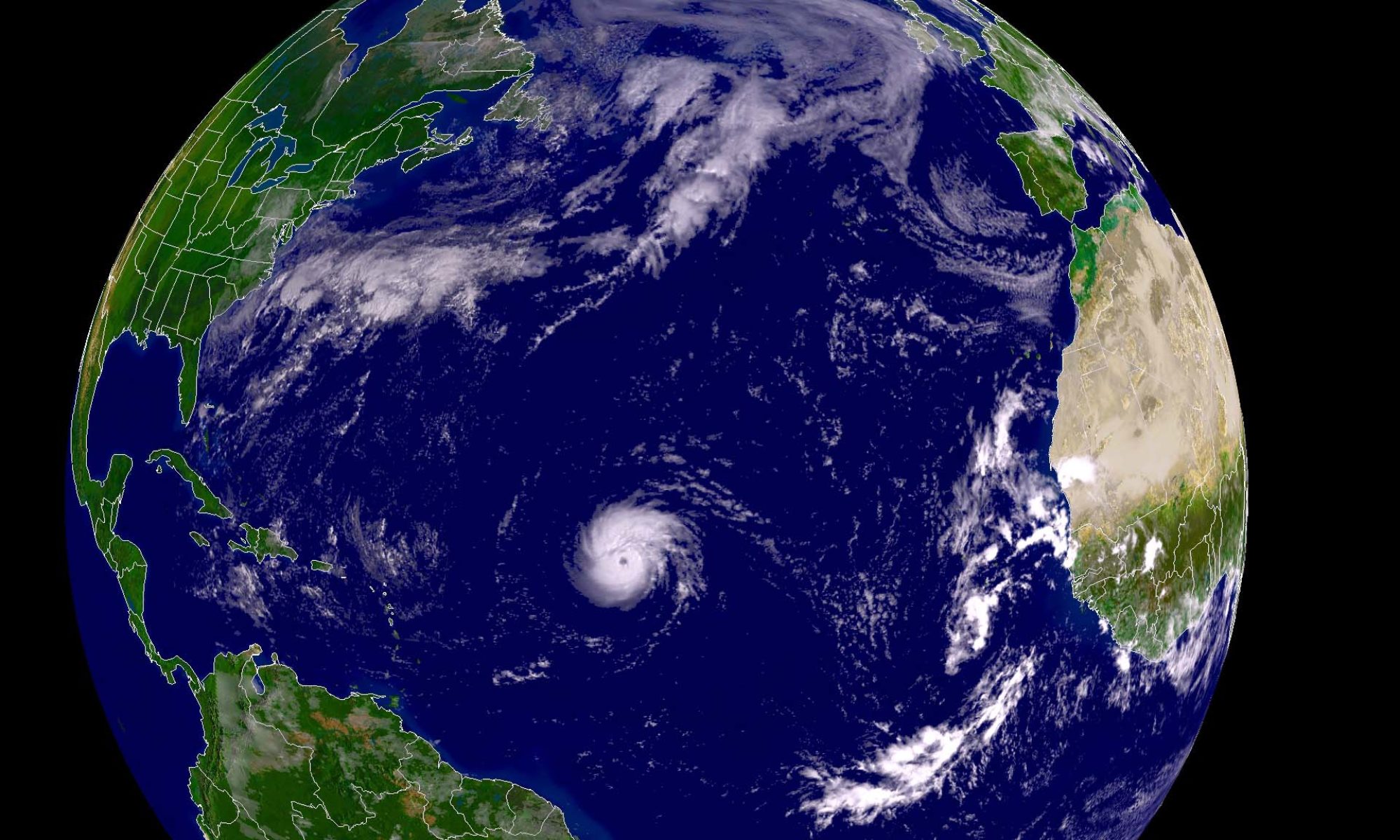Japanese (日本語 ), German and French
by Akio Matsumura
“Thirty seconds into what may ultimately be regarded as one of the defining speeches of his career, Prime Minister Shinzo Abe slowly raised his hands chest high, then spread them out sideways in a gesture of confidence.“Let me assure you,” he said, addressing members of the International Olympic Committee on Sept. 7. “The situation is under control.”The prime minister was attempting to convince his audience in Buenos Aires that the multiple meltdowns at the Fukushima No. 1 nuclear power plant, initiated by tsunami triggered by the Great East Japan Earthquake on March 11, 2011, should not be a cause of concern for Tokyo hosting the Summer Olympic Games in 2020.The nuclear accident, he said, “has never done and will never do any damage to Tokyo.” (Jun Hongo, The Japan Times)
Prime Minister Abe’s brash confidence is not supported by the news of flagging cleanup efforts at reactors 1, 2, 3, and 4. In fact, the volume of stories of unanticipated but ongoing mechanical failures and worker mistakes can be hard to follow. What do we do with figures like “400,000 becquerels per liter” or 1,533 spent fuel assemblies? And any attempt at understanding is further complicated by the limited reliability of the information, an issue that could be resolved by true independent assessment on a wide range of technical issues, such as hydrology and mechanical and electrical engineering.
The fundamental question remains the same: what will be the outcome at Fukushima?… Continue reading





